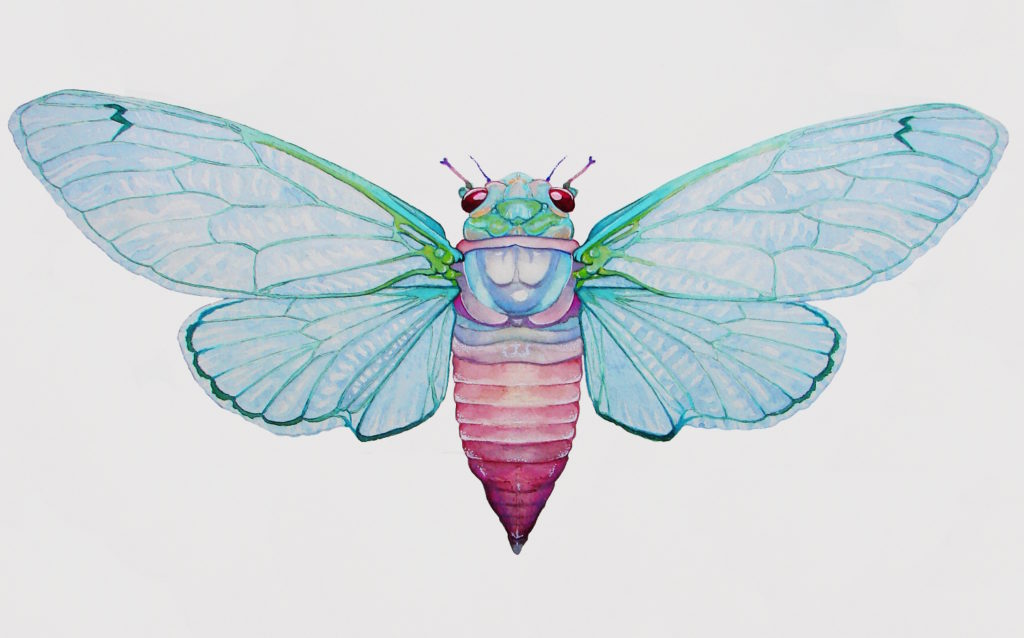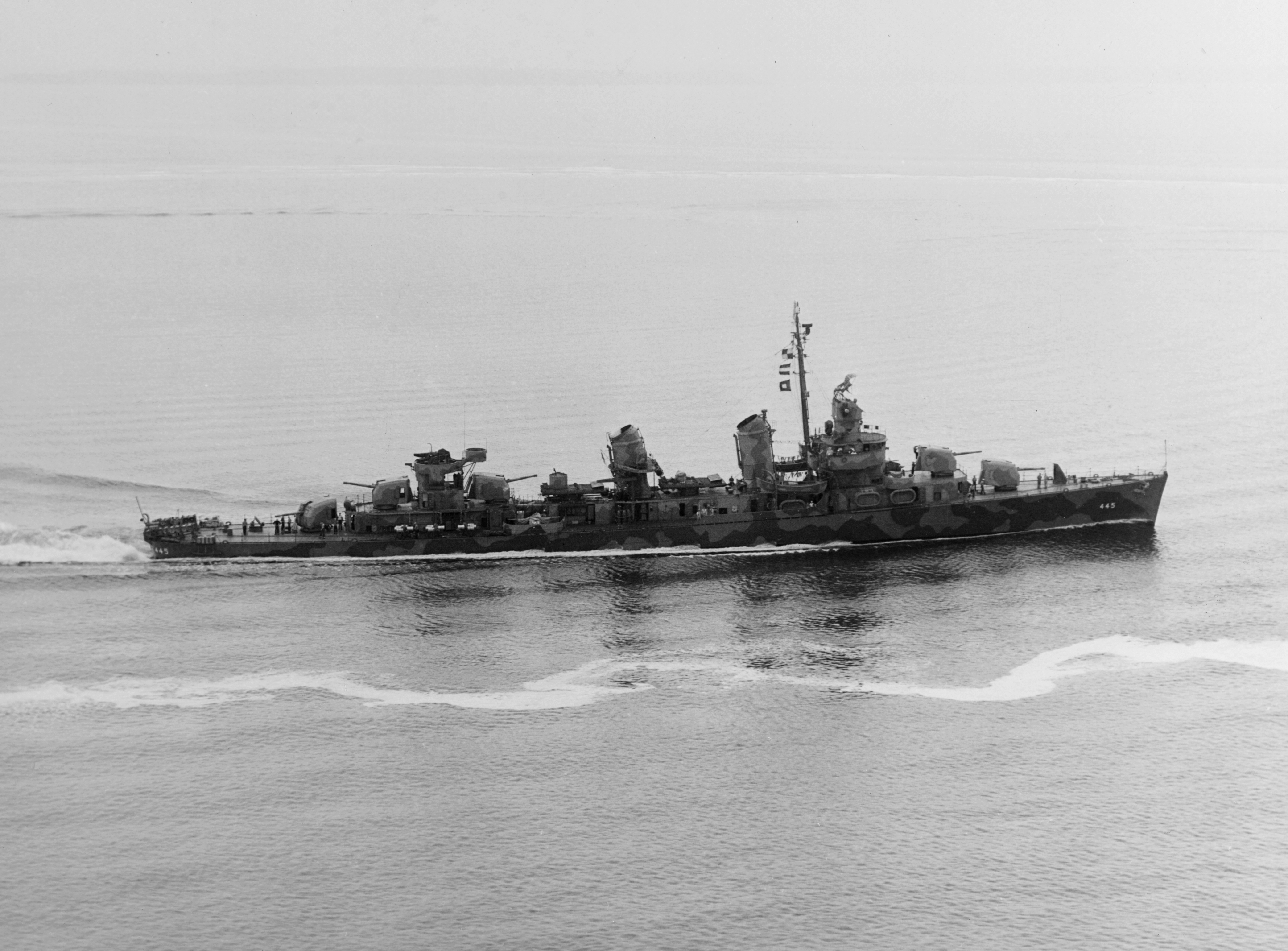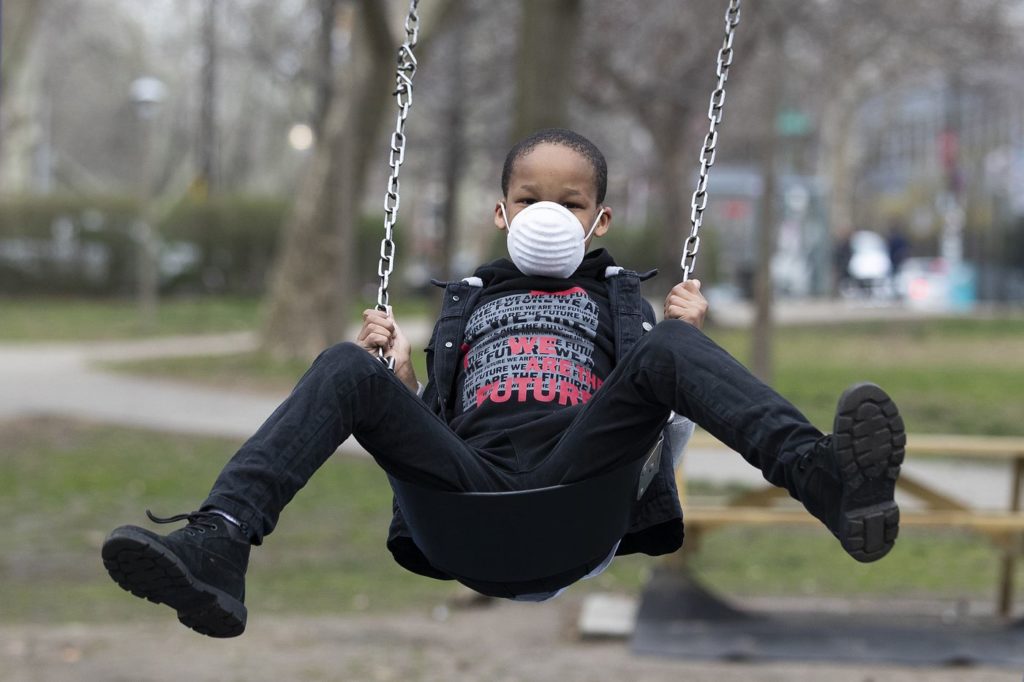
Another day in the pandemic, this time with cicadas.
The cicadas sing in waves, one chorus rising from across the yard diminishing for another to rise with insect harmony. At times it can feel deafening, this persistent tree-hum; other times it is like white noise, useful for sitting out on the deck, the mobile phone put away, low music on the speakers, dim patio lights aglow.
My brain needs rest.
There is nothing new in this observation, but it’s worth mentioning nevertheless. Right now every sense we have is awash in a hyper-stimulated flood, the kind that wears you down and erodes what little measures of grace you might have in reserve.



